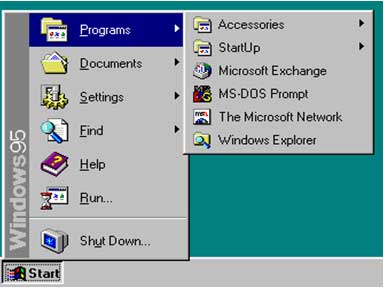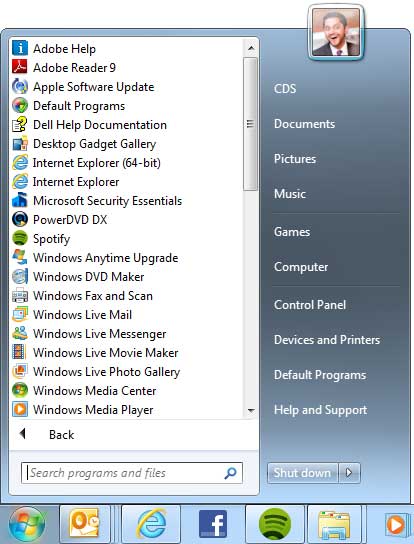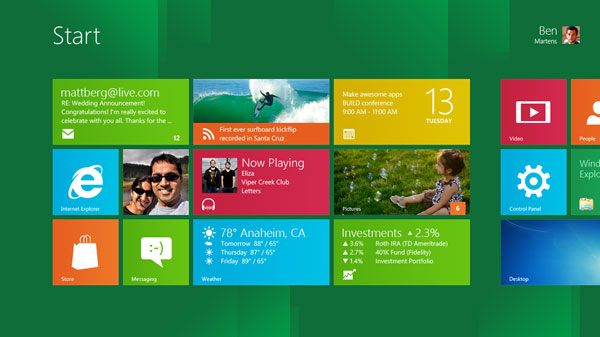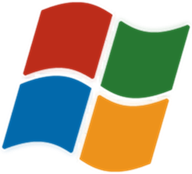Initially Start Menu was introduced in Windows 95 by replacing traditional Program Manager, as noticeable area to start computing tasks. And it was appreciated by everyone and became starting point of Windows.

Over the last two decades, Microsoft made incremental changes and improved it in subsequent versions of Windows. In Windows XP, “most frequently used” (MFU) was introduced to improve usability of programs used regularly. But some customization aspects were still remained intact, to overcome this situation, a section was added along with MFU list to pin favorite or most important programs.

In Windows Vista or later, Start Search debut, allows searching program instantly as it reduces “time to launch.” But sometimes Search results become overcrowded and show lots of different types of data (email, files, control panel settings, etc.)
Off course it was not enough and meanwhile Microsoft reimagined Taskbar in Windows 7 feat. Jump Lists, Pinning facility, live taskbar previews. This new Taskbar also called Superbar by bloggers, was praised and became a new way of controlling desktop and multiple windows, and launching applications.
Finally an opportunity appeared to reimagine Start in Windows 8 and Microsoft has decided to eliminate Start Menu with new more valuable Start Screen.

Since Start screen is the evolution of the Start menu as well as taskbar, notifications, and gadgets and it is going to an integral and one of the most visible parts of Windows. It is to be treated as active dashboard with all the apps, activities, places, and people; just like your Windows Phone 7.
It is time to go Metro.

Leave a Reply